What I’m about to share with you is going to blow your mind.
It all started with a purple mushroom growing in the Webb-Crowell Forest in Sutton. That bright purple color stopped me in my tracks and whetted my appetite for more. As I hiked with Kathy’s Friday Followers, we saw tons of mushrooms all along the trail—different colors, different shapes, different sizes. The biggest difficulty was not stepping on them.
Back home, I did a little research, and I learned that the mushrooms I saw were only a small part of the fungi. Most of their bodies are made up of a mass of thin threads known as a mycelium. Mushrooms bloom much like flowers do when conditions are right which explains why we saw so many in the recently-rained-on forest.
Up until the 1960, fungi were classified as plants, but it turns out they are more closely related to animals. Their cell walls are made of chitlin which is also found in the exoskeleton of insects, crabs, and lobsters. They are now classified in their own kingdom separate from plants and animals.
The honey mushroom is considered the largest organism on Earth spreading across more than 2,000 acres of underground soil in Oregon. It’s estimated to be at least 2,400 years old.
According to the Encyclopedia of Biodiversity, "There are 75,000 fungal species that are named. But this number is believed to represent only 5% of the species that exist in nature."
There are over 30 species of mushroom that glow in the dark. The chemical reaction called bioluminescence produces a glowing light known as foxfire. People have been known to use these fungi to light their way through the woods.
I saved the most surprising fact for last: All fungi digest their food outside their bodies. The fungi find their food (say a fallen log), dump their enzymes on it, and the mycelium absorb the digested nutrients. How crazy is that?
It all started with a purple mushroom growing in the Webb-Crowell Forest in Sutton. That bright purple color stopped me in my tracks and whetted my appetite for more. As I hiked with Kathy’s Friday Followers, we saw tons of mushrooms all along the trail—different colors, different shapes, different sizes. The biggest difficulty was not stepping on them.
Back home, I did a little research, and I learned that the mushrooms I saw were only a small part of the fungi. Most of their bodies are made up of a mass of thin threads known as a mycelium. Mushrooms bloom much like flowers do when conditions are right which explains why we saw so many in the recently-rained-on forest.
Up until the 1960, fungi were classified as plants, but it turns out they are more closely related to animals. Their cell walls are made of chitlin which is also found in the exoskeleton of insects, crabs, and lobsters. They are now classified in their own kingdom separate from plants and animals.
The honey mushroom is considered the largest organism on Earth spreading across more than 2,000 acres of underground soil in Oregon. It’s estimated to be at least 2,400 years old.
According to the Encyclopedia of Biodiversity, "There are 75,000 fungal species that are named. But this number is believed to represent only 5% of the species that exist in nature."
There are over 30 species of mushroom that glow in the dark. The chemical reaction called bioluminescence produces a glowing light known as foxfire. People have been known to use these fungi to light their way through the woods.
I saved the most surprising fact for last: All fungi digest their food outside their bodies. The fungi find their food (say a fallen log), dump their enzymes on it, and the mycelium absorb the digested nutrients. How crazy is that?

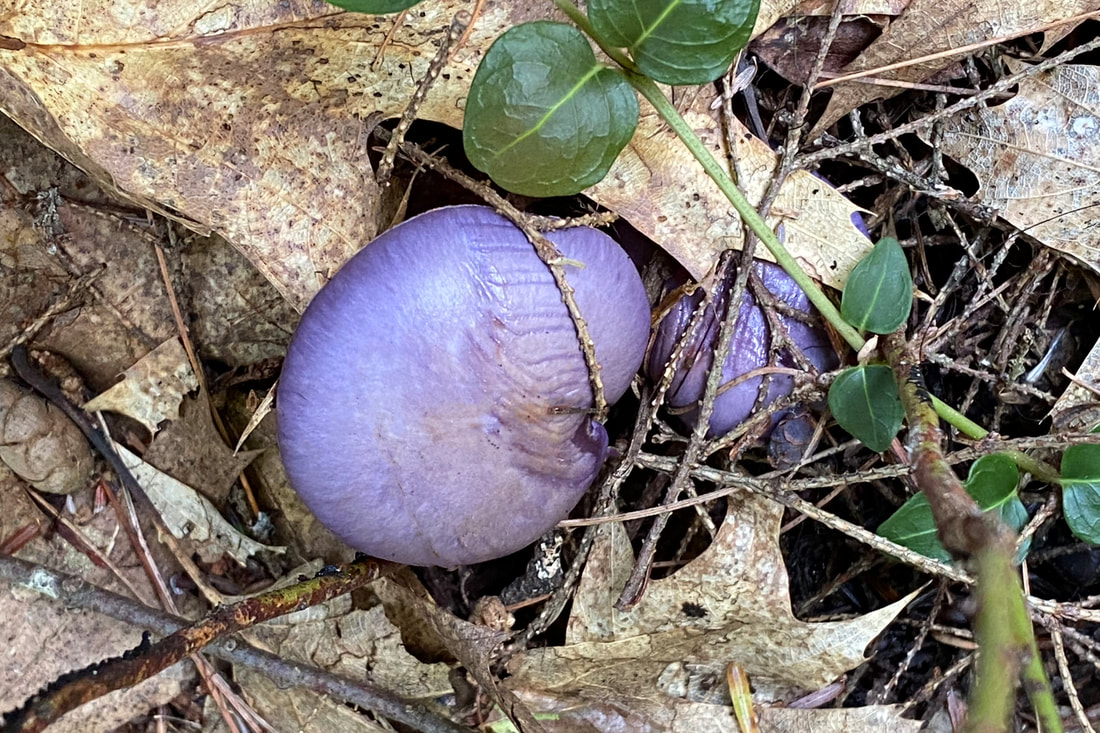
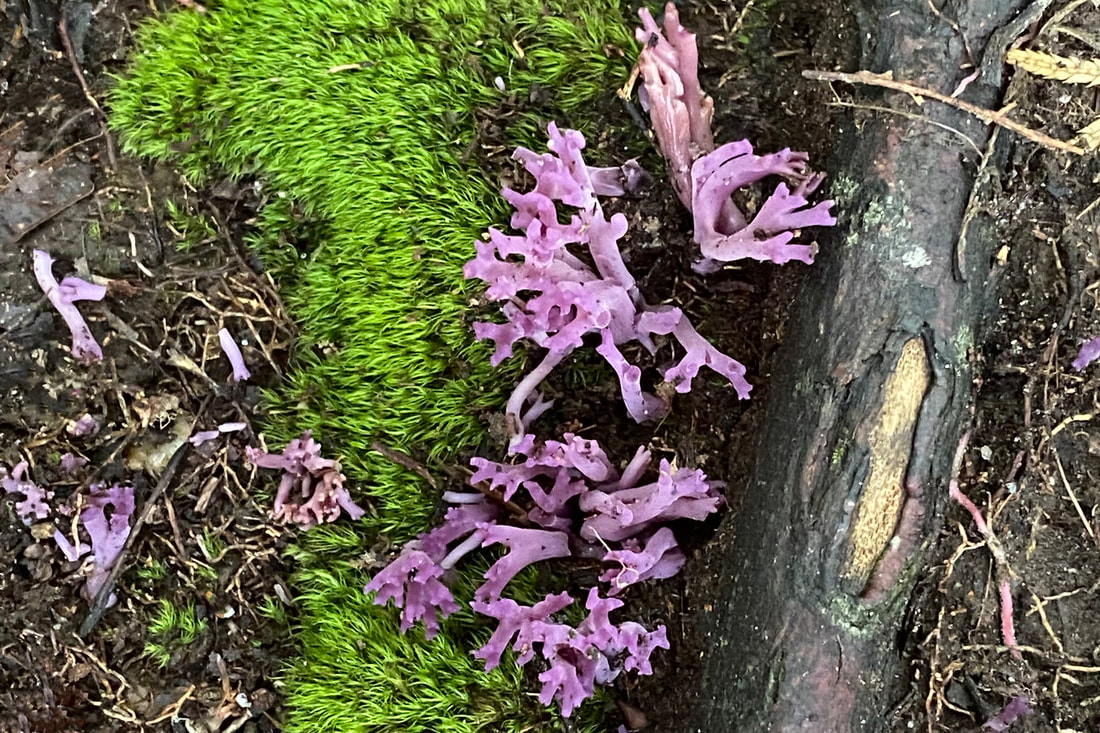
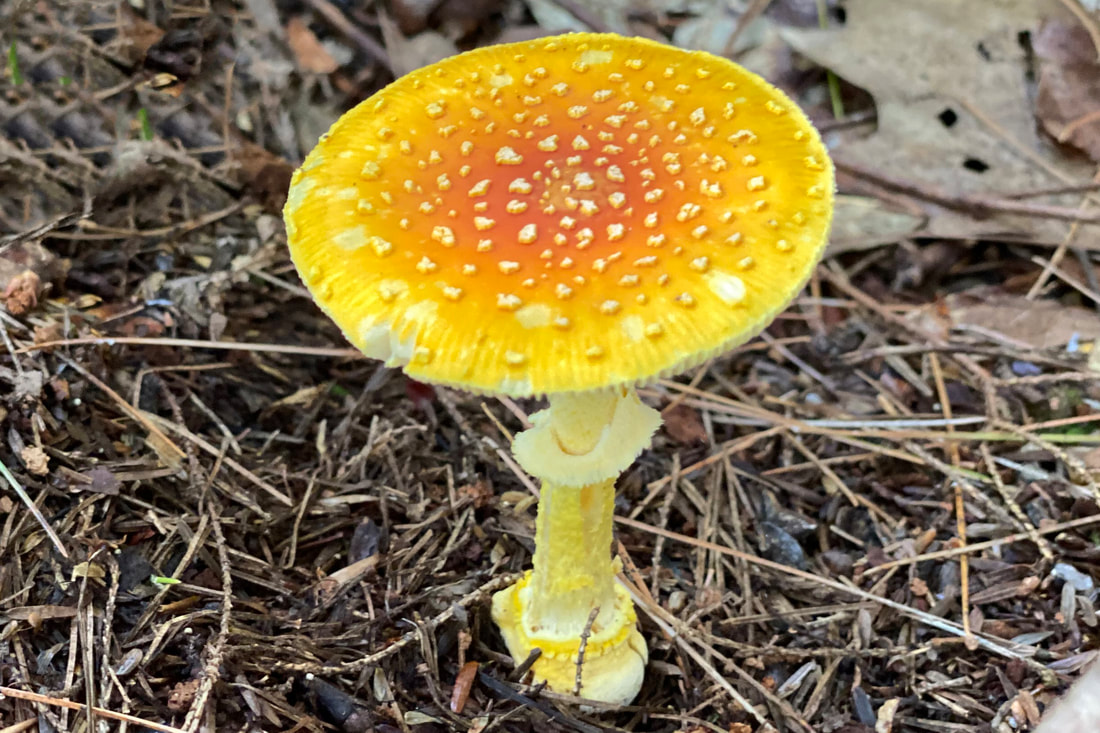
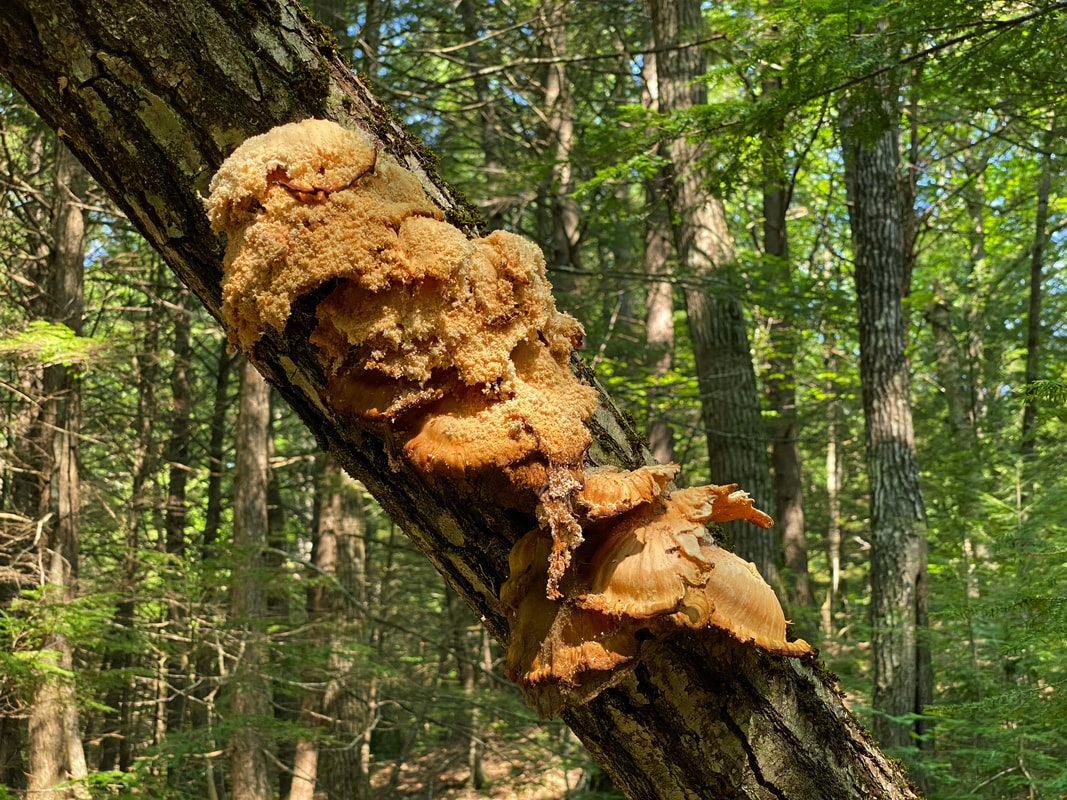
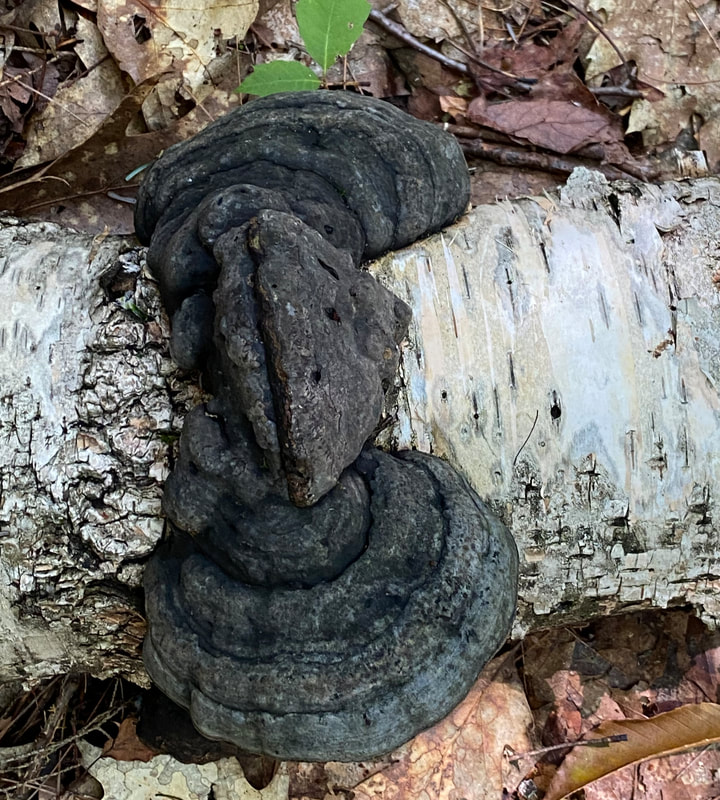
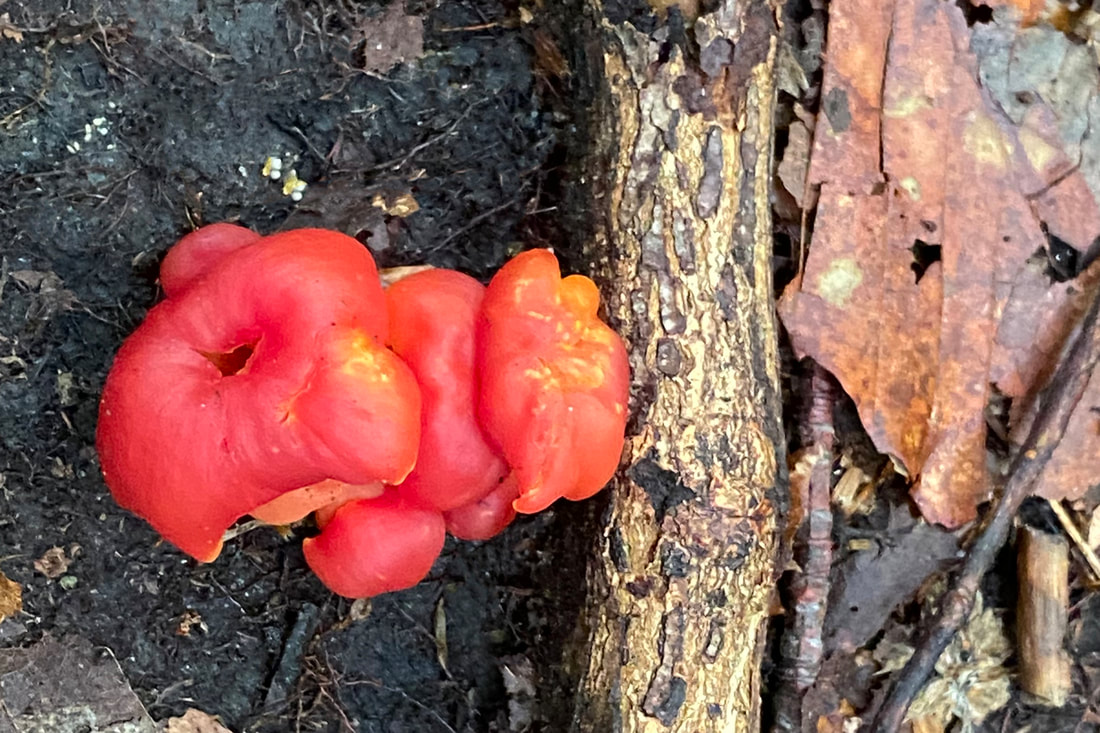
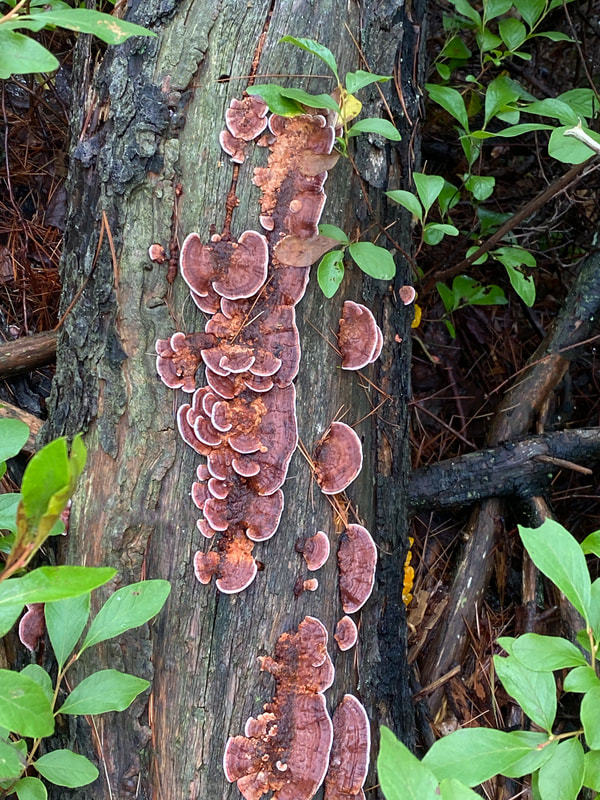
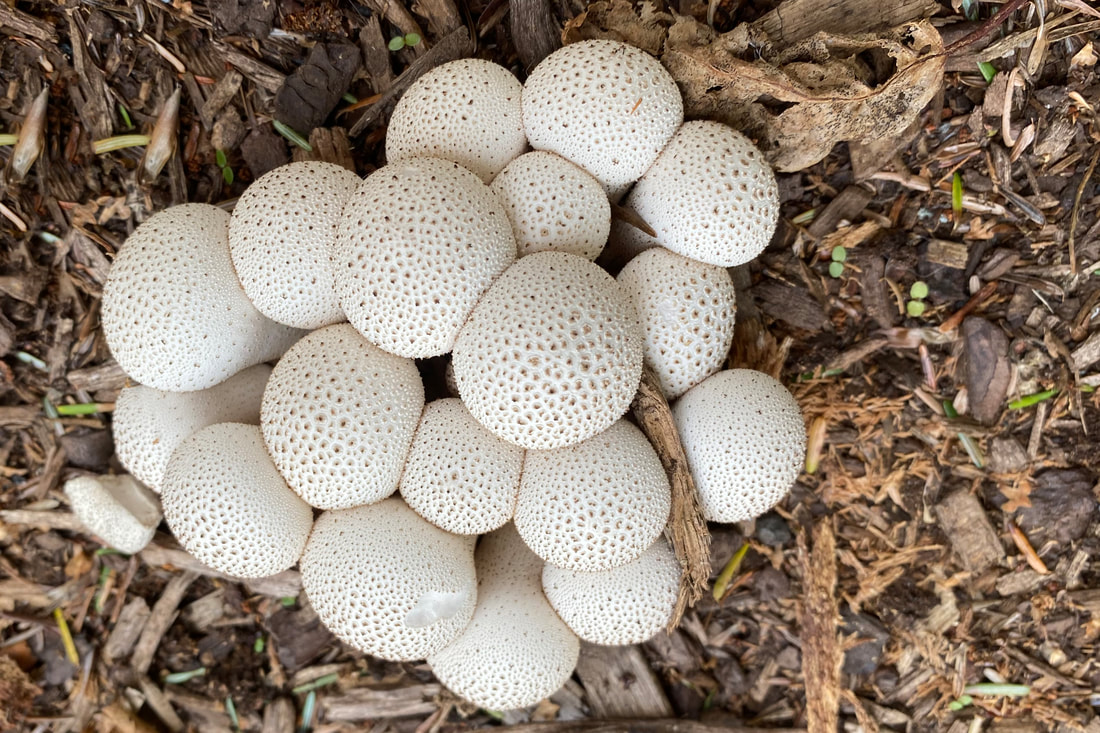
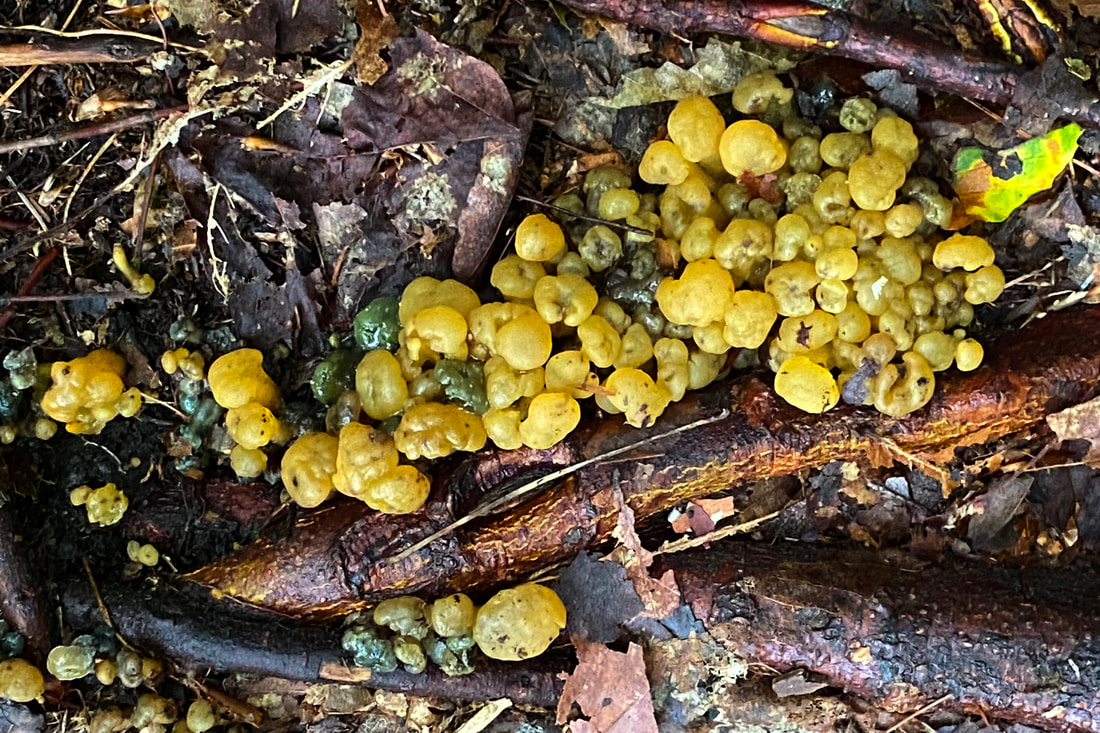
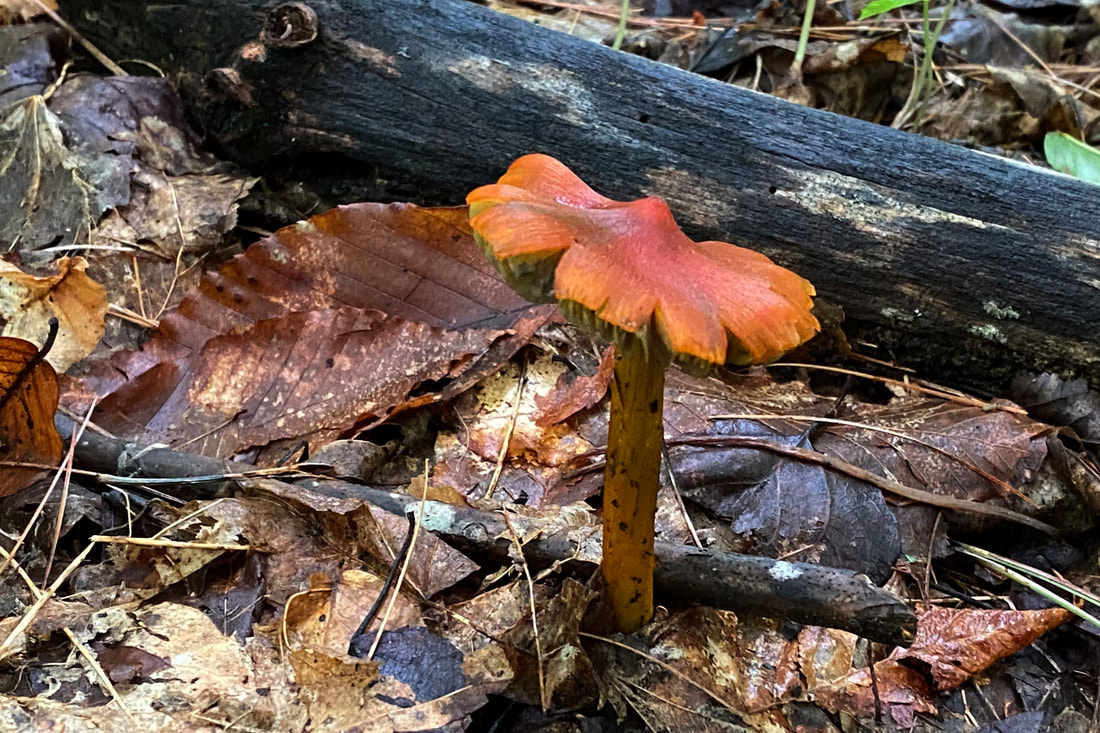
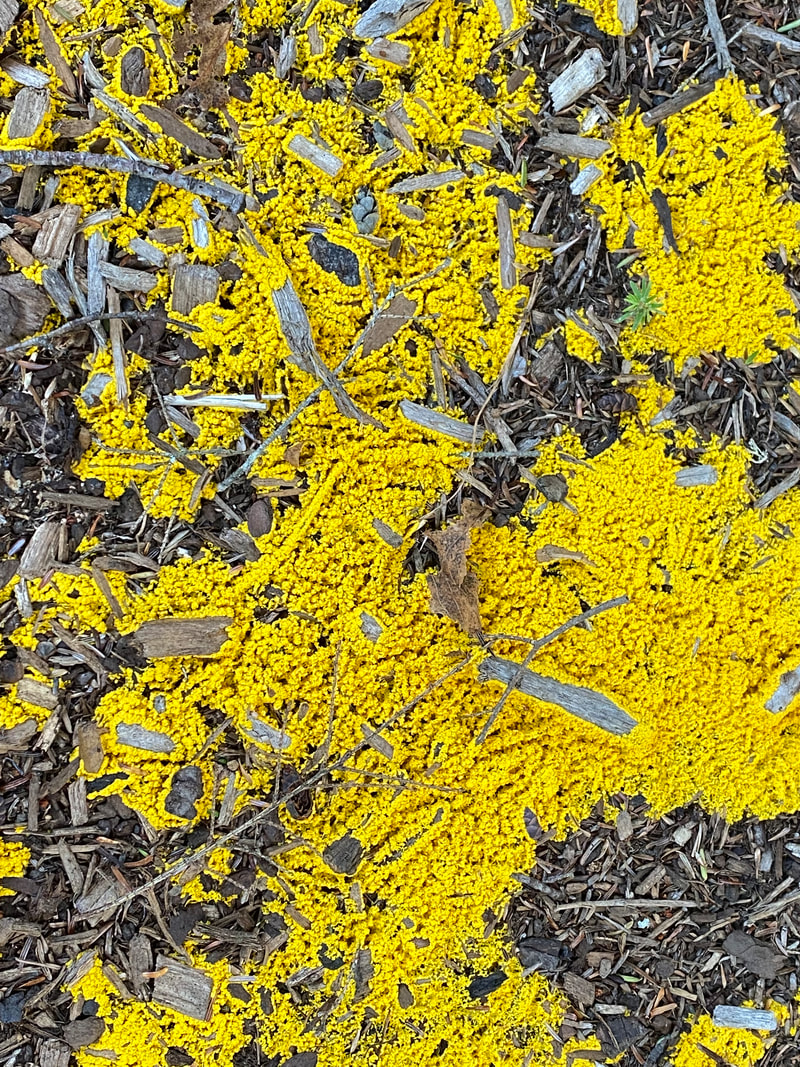
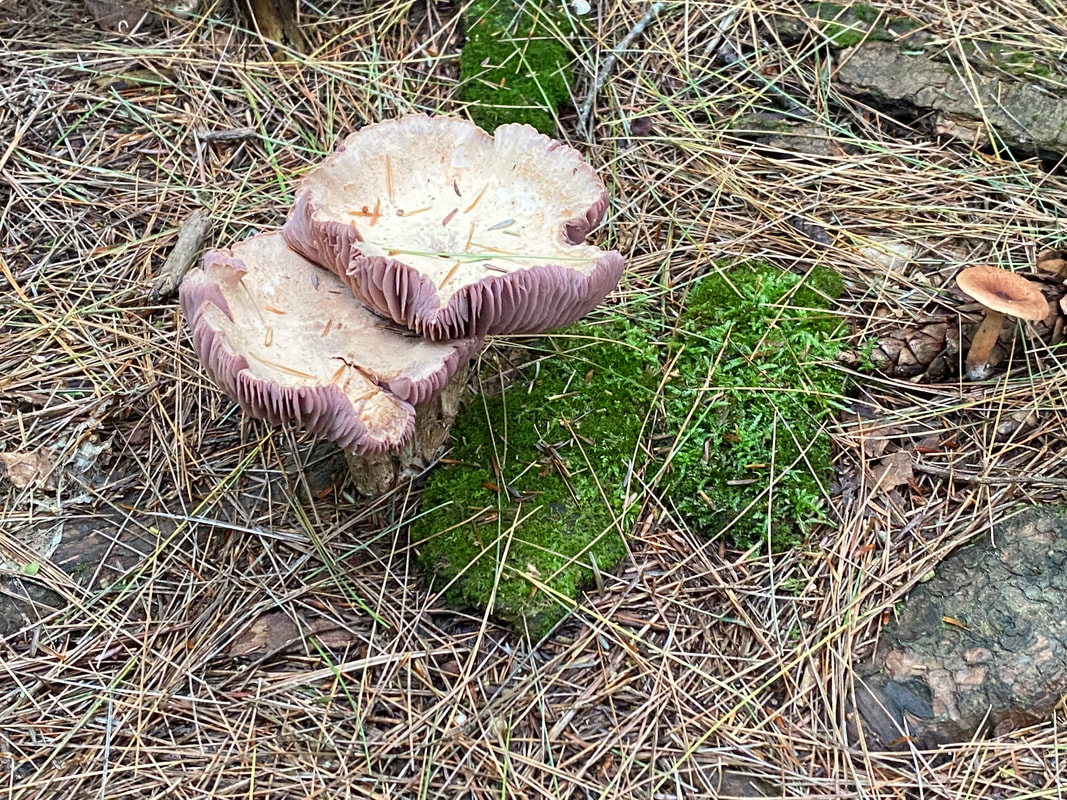
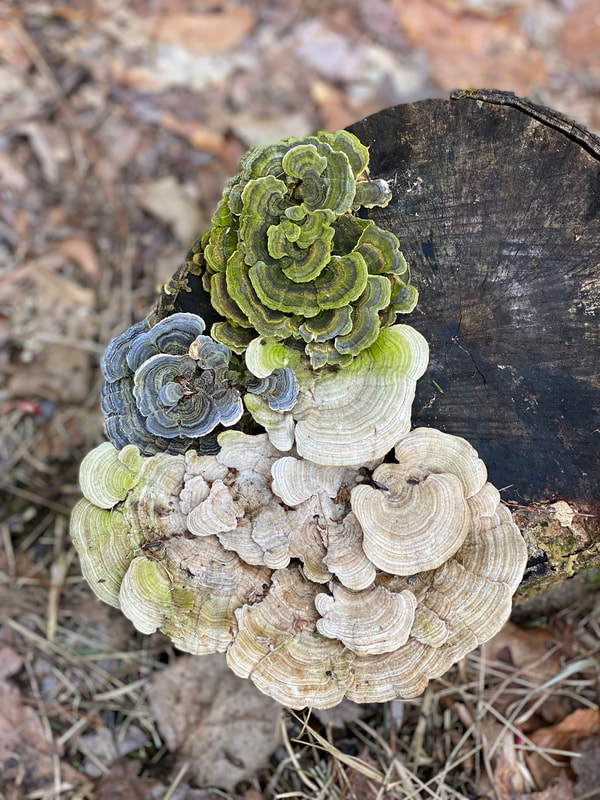
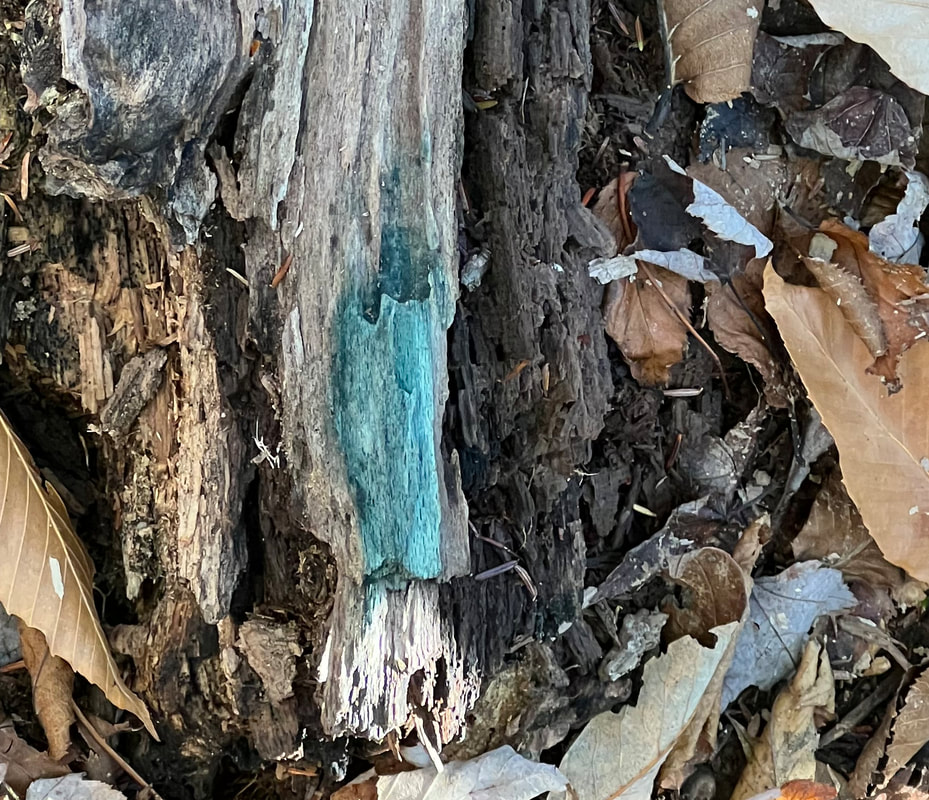
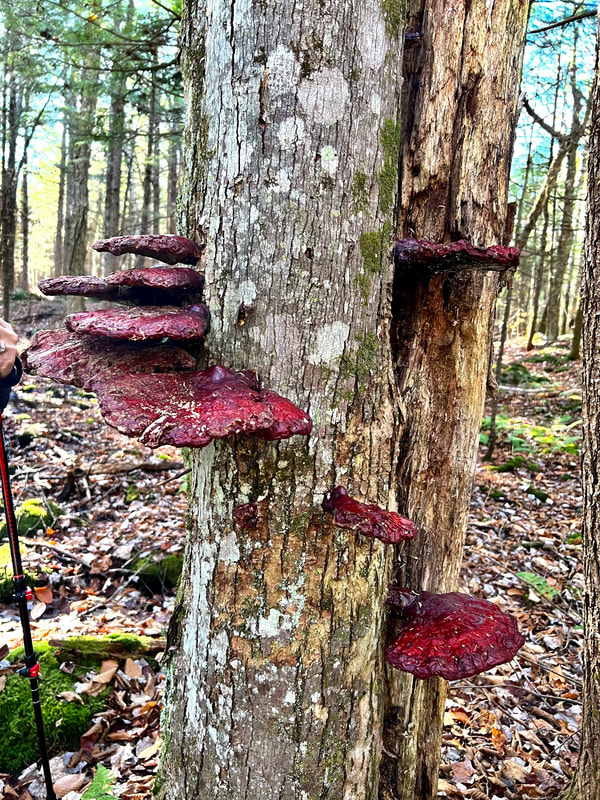
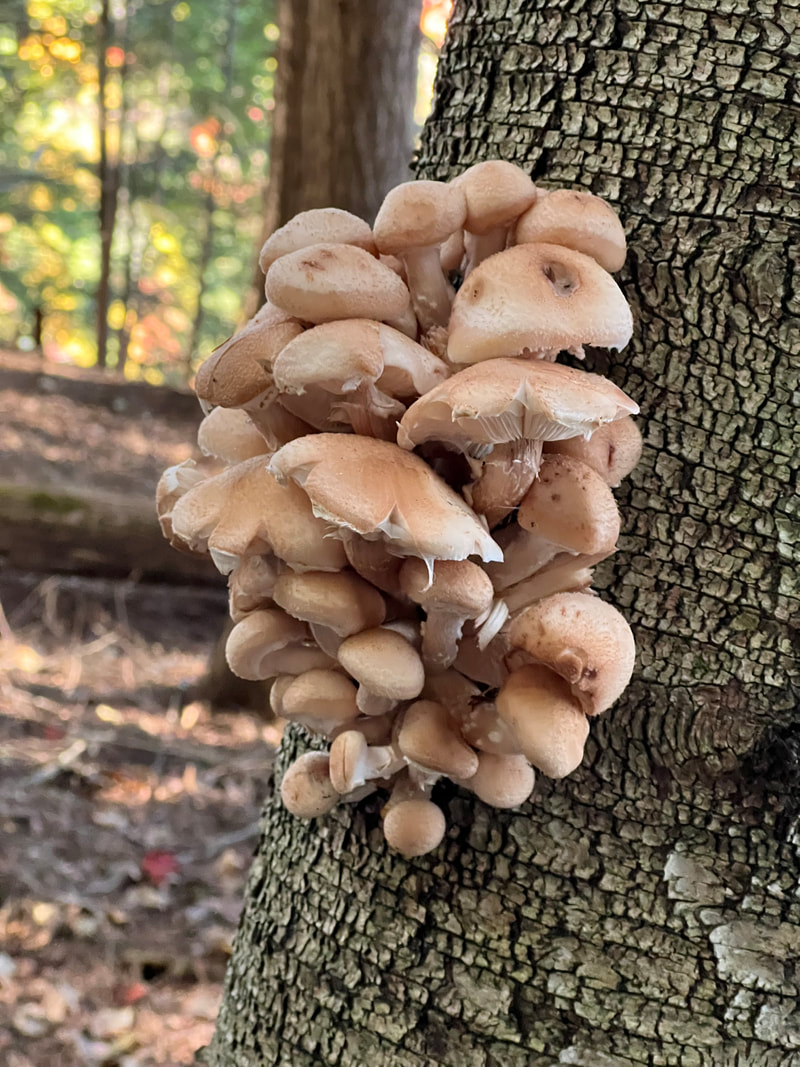
 RSS Feed
RSS Feed